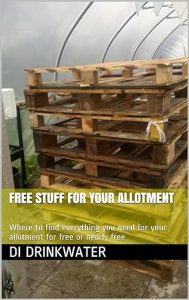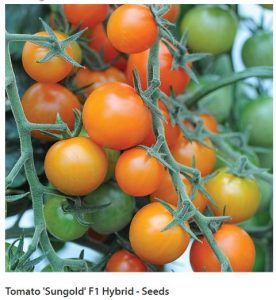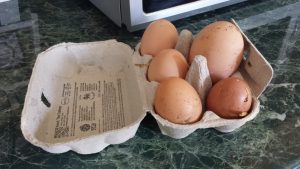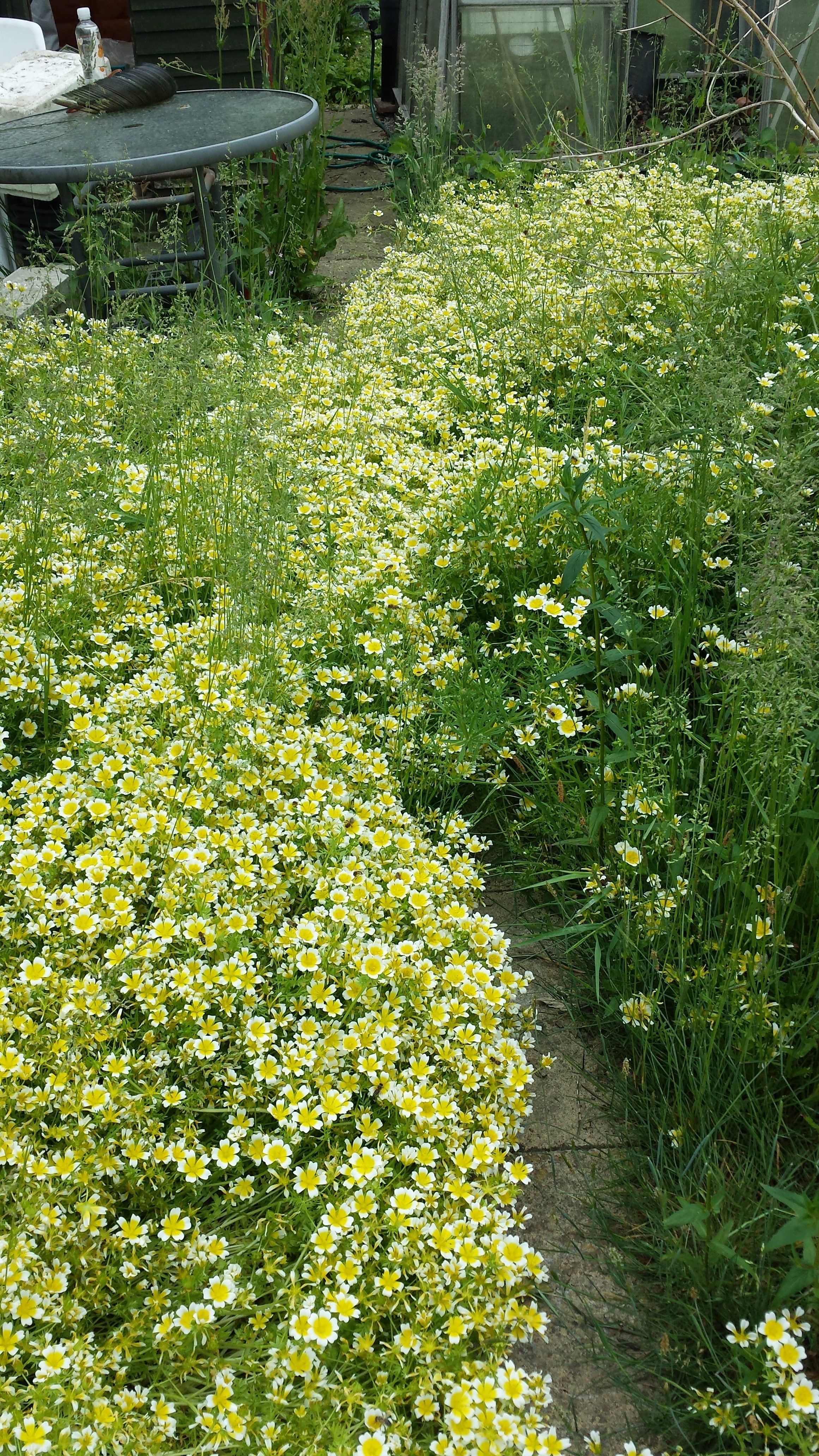Need a new shed?
Monday, April 15th, 2024It’s often at this point in the year that you realise your shed isn’t going to last another year. Felt can be replaced and walls patched, but there comes a time when you know a new shed is the best option.
BillyOh sell a massive range of sheds suitable for all gardens and allotments.
Your first thought has to be how big a shed do you want? If you’re on an allotment you might be restricted by the lease or tenancy in terms of what size you can have. A 6ft by 8ft shed is perfect for an allotment.
Then you need to decide if you want to have a window, and what sort of door you want. Then you can look at the options of having a pent roof,
Choosing between overlap and tongue and groove for a shed largely depends on your preferences, budget, and the desired aesthetic. Here’s a breakdown:
1. **Overlap Cladding**:
– **Pros**: Generally more affordable compared to tongue and groove. Offers good weather protection when installed correctly. It has a traditional rustic look, which some people prefer for sheds.
– **Cons**: Can be less durable and secure compared to tongue and groove. Over time, the overlapping boards may warp or allow water ingress if not maintained properly.
2. **Tongue and Groove Cladding**:
– **Pros**: Provides a tighter seal against the elements compared to overlap, making it more weather-resistant. Offers better structural integrity and durability. Often considered more visually appealing due to its smoother, seamless finish.
– **Cons**: Typically more expensive than overlap cladding. Requires more precise installation to ensure the tongue and groove joints fit snugly together.
Consider factors such as your budget, climate, desired aesthetic, and how much maintenance you’re willing to do. If you’re in an area with harsh weather conditions, or if you prioritize durability and a more finished appearance, tongue and groove might be worth the investment. However, if cost is a significant factor or you prefer a more rustic look, overlap cladding could be the better option.
There are several types of roofs commonly used for garden sheds, each with its own advantages and considerations:
**Pent Roof**:
– This is a single-sloped roof that slopes downwards from one side to the other. It’s straightforward to build and is often used for modern or minimalist-style sheds. It’s also relatively easy to maintain.
**Gable Roof (or A-Frame)**:
– This is a classic triangular roof with two sloping sides that meet at a ridge in the middle. Gable roofs provide good water runoff and can offer more headroom inside the shed. They also provide extra storage space if you opt for a loft.
**Hip Roof**:
– A hip roof has slopes on all four sides, meeting at a ridge at the top. It’s more complex to construct but provides better stability in windy conditions and can be more aesthetically pleasing. It’s also a good option if you want to collect rainwater as it offers multiple drainage points.
**Gambrel Roof (or Barn-style Roof)**:
– This type of roof has two slopes on each side, with the lower slope being steeper and the upper slope less steep. Gambrel roofs provide extra headroom and storage space, resembling the roof of a barn.
**Mansard Roof**:
– Similar to the gambrel roof but with a shallower lower slope. Mansard roofs provide even more headroom and storage space compared to gambrel roofs but are more complex to build.
BillyOh for sheds











